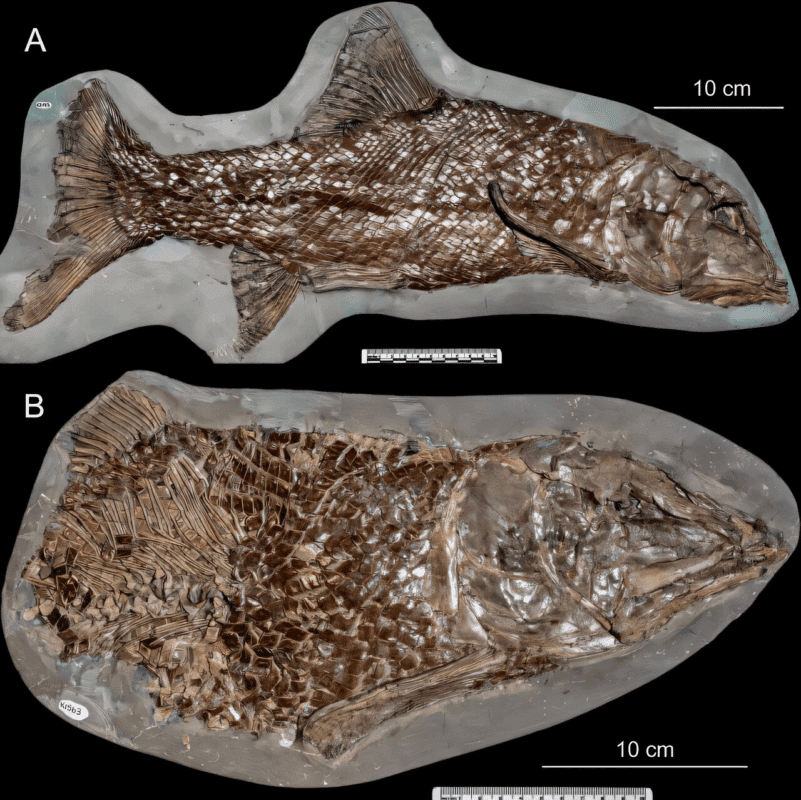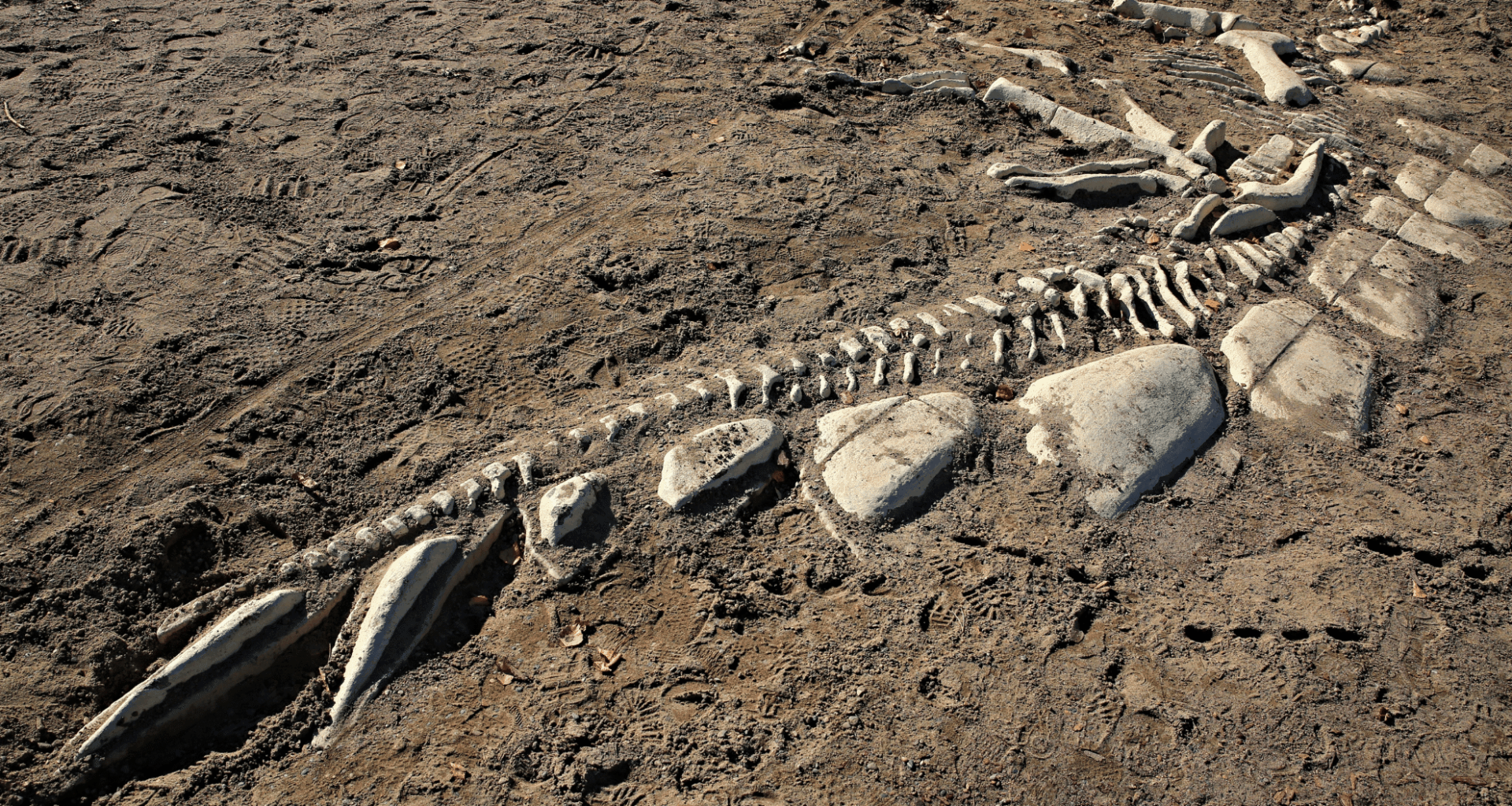A stunning new discovery along England’s renowned Jurassic Coast has unearthed a rare fossil of an ancient predatory fish, providing an unprecedented glimpse into the prehistoric marine world. This fossil, identified as Pachycormus, a tuna-like predator, offers significant insights into the evolution of fish and the ancient ecosystems that once thrived in the oceans millions of years ago. Published in the Zoological Journal of the Linnean Society, this find promises to reshape our understanding of Jurassic marine life and the predators that ruled the seas during that time.
A Glimpse into the Jurassic Oceans
The discovery, published in the Zoological Journal of the Linnean Society, is a breakthrough in paleontology, shedding light on the diversity of marine life during the Jurassic period. Resembling modern tuna in appearance, Pachycormus was a fast-swimming predator that likely played a dominant role in its ecosystem. Its streamlined body and sharp features suggest that it was highly adapted to hunting smaller fish, much like today’s predatory species. By studying this fossil, researchers can better understand the evolution of ancient fish and their place in the food chain of prehistoric seas.
The fossil was meticulously excavated from the rich, well-preserved layers of the Jurassic Coast, a UNESCO World Heritage site. These fossils are invaluable as they provide a direct link to ancient life, allowing scientists to reconstruct the environmental and ecological conditions of the Jurassic period. By examining the Pachycormus remains, scientists are able to gain a clearer picture of the biodiversity that once flourished in these ancient oceans.

The Science Behind Fossil Identification
The process of identifying and naming a new species is not as simple as finding a bone and giving it a name. Dr. Ebert, an expert in fossil taxonomy, explains the meticulous process involved:
“When doing taxonomic work, i.e., identifying fossils and describing them in great detail, it is important to carefully examine previously described type specimens to determine whether the fossil in question represents a new species or one that has already been described.”
This careful examination is crucial in ensuring that new discoveries are properly identified and cataloged.
Fossil identification often requires painstaking detective work, as many older fossils have been poorly described or have incomplete records. “Many older type specimens, however, were only very briefly described, have poor figures, or their whereabouts are unknown,” Dr. Ebert adds. Therefore, researchers must sometimes track down old specimens to ensure that the new discoveries are truly unique. This is precisely what was done with Pachycormus, where comparisons were made with earlier fossils to confirm that this was a previously unknown species.
Evolutionary Insights: What Pachycormus Tells Us
The discovery of Pachycormus provides valuable insights into the evolutionary history of fish and the oceans during the Jurassic period. According to Dr. Ebert,
“The detailed description of B. manselii provides a crucial step in better understanding the evolutionary history of Halecomorphi and provides new insights into the osteology and systematic position of B. manselii.”
This not only adds to the catalog of known species from the Jurassic but also helps scientists understand the development of fish anatomy and their evolutionary relationships.
The fossil’s exceptional preservation also allows researchers to study the anatomy of ancient fish with unprecedented detail, shedding light on how early fish adapted to their environments. These insights are critical in understanding the evolution of bony fish, especially predatory species like Pachycormus, and how they contributed to the complex food webs of the time.
The Changing Face of Fish Diversity: Lessons from the Past
Dr. Ebert also reflects on the dramatic changes in fish diversity since the Jurassic period. “Not only were the Ophiopsiformes diverse… but also the Amiiformes, Pycnodontiformes, Ginglymodi, Teleosteomorpha, and Teleostei. They all have diversified in various ecological niches,” he explains. The Jurassic seas were teeming with a variety of fish species, each adapted to its own ecological niche. This rich diversity allowed the oceans to thrive with different types of predators, herbivores, and scavengers.
However, many of these groups are now extinct, and modern oceans are dominated by a more limited range of bony fish, particularly the Teleostei. “In contrast, today, bony fish diversity is almost exclusively limited to the Teleostei, which no longer look as uniform as they did in the Jurassic, whereas many of the Jurassic groups (Ophiopsiformes, Pycnodontiformes, Teleosteomorpha) are now extinct.” The extinction of these diverse groups marks a dramatic shift in the marine ecosystems, reflecting the ever-changing nature of life on Earth.

